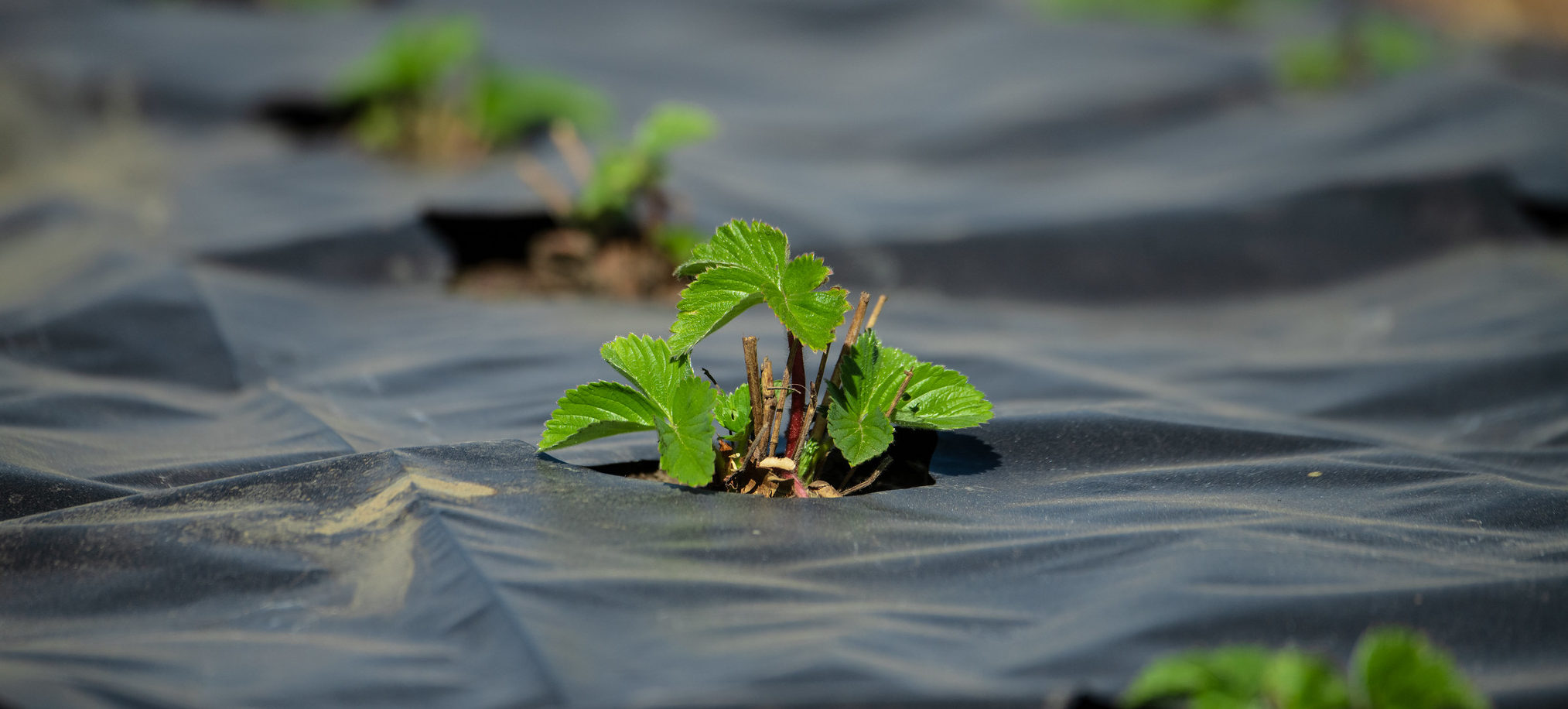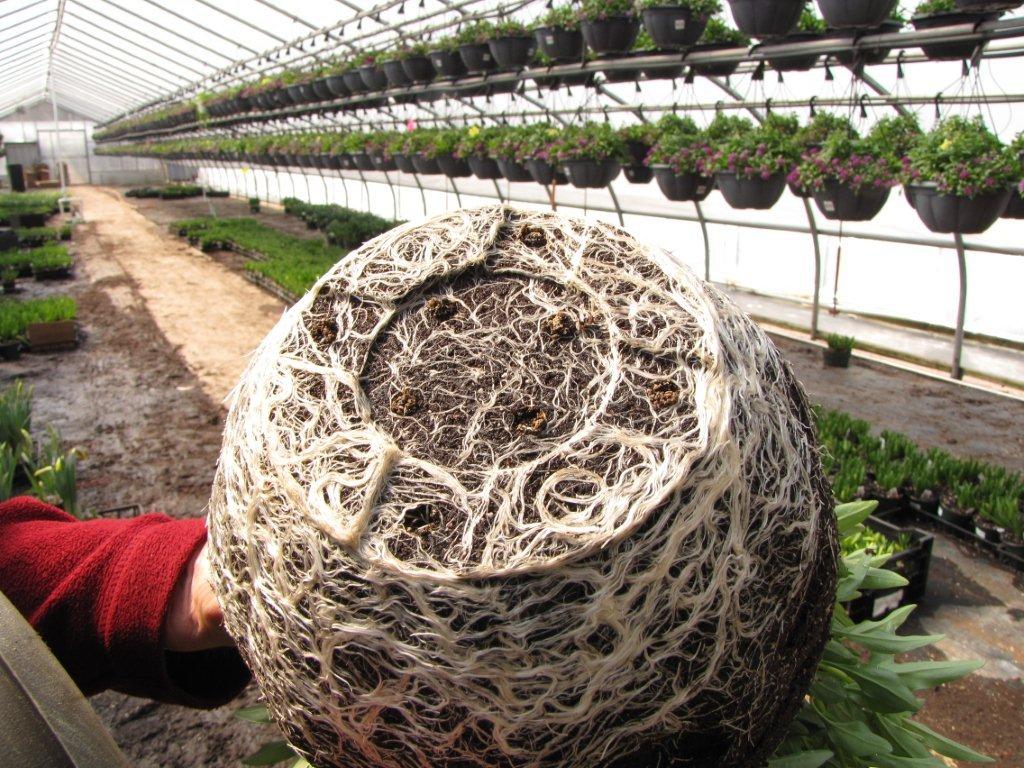
Mar 26, 2020
Preparation key for crop establishment
Preventing problems before they start is key to success in planning for plant health in organic agriculture.
Growers should anticipate possible plant health, irrigation, nutrition and possible soilborne disease issues and address them as soon as possible – that includes the time before and during planting. A variety of agricultural techniques and even products listed by the Organic Materials Review Institute (OMRI) may help, but those products and practices all cost time and money.
Counting the Cost
Cover cropping can reduce weed pressure and improve soil health but it does require an investment of time.
“What happens with the use of a cover crop if you grew it in the winter, then in the spring you’re faced with having to do tillage of the ground, which a lot of people don’t like to do,” said Richard Smith, a vegetable crops and weed science farm advisor with University of California Cooperative Extension based in Salinas. “That’s why we don’t like to do a very high percent of our land in cover crops here. I estimate probably about 5% of the vegetable land is cover-cropped. Smaller organic growers might use cover crops more often, but for these larger organic operations here, they’re pretty similar to the conventional. They’re faced with the same pressures in terms of planting schedules and so forth.”
Growers in Salinas watch the weather and work around it, hoping for a good number of planting days. Some will grow crops under cover to mitigate the cold weather during the winter season there.
“It’s expensive and highly labor-intensive, so it’s only done if you have a really good reason to do it,” Smith said. “Some people use them to exclude insects – that’s a more of a compelling reason to use them.”
Deciding when to use covers, or other products for plant health can be difficult, but the University of California- Davis has incredibly detailed “Cost and Return” tables with estimated figures for everything from the cost of discing a field to applying organic products.
Preparing Soil

Strong soil is important, so Michael Brownbridge, biological program manager for BioWorks, advises that keeping records on growing patterns having soils regularly analyzed for pH, nutrient levels, soil diseases is often worth the investment.
“Over time, from records, you can develop a pretty good understanding of some of the issues that will crop up from one season to the next,” he said. “Knowledge is power. I think it enables you as a grower to be more in the driving seat in terms of being more proactive in terms of good crop management practices.”
Although most organic growers focus on building soils through composts and cover crops, OMRI-listed biostimulants and biocontrols can play a supporting role. Companies such as BioWorks and Marrone Bio Innovations market OMRI-listed biological products for getting vegetable transplants off to a good start.
“The benefits of a simple transplant dip cannot be underestimated; when roots are provided an initial dose of biostimulants, significant health, growth, and yield responses are often observed,” said Melissa J. O’Neal, product development manager for Marrone Bio.
For example, she said, Marrone Bio’s Regalia and Stargus biofungicides elicit induced systemic resistance (ISR) and systemic acquired resistance (SAR) responses within treated plants.
“ISR occurs when a plant receives stimuli which cause it to have enhanced defensive capacity, whereas SAR is defined as a defense mechanism that will provide a plant with long-lasting protection against microorganisms,” O’Neal said. “Such types of protection boost the innate defense ability of plants, preventing pathogens from taking a foothold on the crop, which goes above and beyond the benefits of healthy soils alone.”
BioWorks has a product called RootShield PLUS+, which contains two strains of Trichoderma, beneficial fungi that Brownbridge said can be used to protect transplants from germination through production in the field.

“In an ideal world, I would plant the seeds in a grower substrate, whatever that might be, and then once the seeds have just germinated, apply the RootShield+ while they’re still in the greenhouse,” he said. “Plug production and those early transplant stages are perhaps among the most susceptible through the cropping period, so the most you can do to promote health, better establishment, and growth in those early stages, the higher the likelihood that the plant is going to establish and be healthy right from the get-go. And that will get you a more vigorous plant.”
An Ounce of Prevention
Whatever works for your farm, thinking ahead is the best policy.
“If you have the healthiest soils in the world, it doesn’t mean there’s not going to be issues with soil diseases,” Brownbridge said. “So, I don’t think you can sit back and say, ‘Yep, I’ve got healthy soils’ and then sit back and forget about it. I think that’s where taking a proactive approach with biopesticides and biostimulants can really bring additional benefits to the plant. … I think using them produces a healthier plant.”

O’Neal said better planning applies to many aspects of organic growing.
“Pest control is paramount in establishing vegetable crops,” she said. “It is important to have an idea of the planting site history and common pests that impact a given crop. Integrated pest management (IPM) plans should be used in tandem with forecasting tools in order to select and implement management methods at appropriate timings to avoid economic damage to establishing vegetable crops. Since organic management tools often require treatment of pests either preventatively or very early in the pest life cycle, early planning is essential.
“The truth of the saying ’an ounce of prevention is worth a pound of cure’ cannot be understated when it comes to growing a profitable crop organically,” she added.
Planning for profitability remains very important. Plant products aren’t free, but on the other hand, some inputs “can actually increase plant efficiency,” Brownbridge said. Cost-and-return tables from a grower’s Extension office – like those generated by U.C. Davis – are a good resource.
It’s possible to over-prepare from an economic standpoint. Growers should plan carefully, Brownbridge said.
“I think every grower has to get to that point and decide, the essential input and what they can do differently to make that growing system more cost-efficient,” he said.
Top photo: USDA/Lance Cheung









